First I got these two books:
I plan on using the writing activity cards(they are even already laminated!) as part of my writing center, and since there are 76 of them, I can put out a few each week and switch them out so that way the kiddos always have something new in my writing center for an activity choice. The questions book I got because I know alot of times kids sometimes have trouble answering questions correctly simply because they don't understand the question itself. I'm thinking I will break up the exercises in this book up into packets that I will work on with my students during the first few months of the school year.
Then I got this book...
I got this book for two reasons: 1. I've never seen anything like it, and 2. I think it would be great for my students with an artistic learning style. The way this book works is you give the students a copy of the blackline master sheet that just has a circle on it along with one of the 2 sided question sheets. Based on their answers, they are are shown which details to draw onto the circle to create the faces as well as which colors the picture should be colored in.
I also picked up three different flip charts...
The first two I've seen in other classrooms and kept telling myself to buy my own copies of to have as references so when I saw them at the one vendor's table I picked them up. As for the CCSS flip reference, I had originally planned on making my own version of this, but with my summer free time dwindling down, I decided to just pick up this version.
And finally, I picked up two books for my classroom library...
I still have money left in my spending budget for the conference so I might check out a few more vendors tomorrow and see if there is anything else that catches my eye.
Now for my sessions I attended today...
My first session was on Math Instruction & Interventions. There was alot of focus on explicit instruction and assessing students step by step with LOTS of modeling. The other big emphasis was on NOT introducing "tricks" until students have actually mastered a concept as well as making sure that you are constantly using/incorporating math vocabulary in your everyday class discussions and instruction.
My second session on Support for Struggling Readers. The session covered all of the parts of a good reading program (phonemic awareness, phonics, fluency, vocabulary, and comprehension). The presenter had tons of great games/activities that she showed us that we can use in our reading instruction. The games and activities included: Roll A Word (works on combining onsets and rhymes), Paper Plate Puzzles (can be used for rhyming patterns or vocabulary), Vocabuary Illustrations, Front & Back Flash Cards, Word Worth Chart (similar to creating a "tired" word list but makes synonym connections), Act It Out (creating actions to match with vocab words), and Expression Dice Roll (rolling a die to see which "emotion/feeling" you need to use while reading a passage...it helps students identify/understand how to read with appropriate emotion), and the RAN Chart (RAN stands for Reading & Analyzing Nonfiction...the chart is similar to a KWL...I'll be doing a post on this after the conference finishes and it will include a free download for a RAN Chart). I know I didn't give much info on the games and activities I mentioned, but it's only because there is so much info this would turn into a never ending post. If you're interested in any of these games, or anything else I've mentioned from any of my conference sessions, let me know in a comment and I'll do a more indepth blog post about it.
My third session was on Raising Rigor with Questioning. This session had alot of focus on Bloom's Taxonomy. The presenter was Laurie Westphal and helped show us how to work on turning lower level activities and questions into higher level questions and activities. She also went through the scope and sequence of Bloom's as to how it relates to each grade level. For example, while Evaluation is considered the highest level of Bloom's, most kindergarteners are unable to understand/process those kinds of questions. Developmentally, for kindergarten, Analysis would be considered an appropriate high level question for kids in kindergarten. Another example is that in fourth grade, Knowledge, Comprehension, Application, Analysis, and Synthesis are all levels that the students should be developing, and Evaluation should be a level that is being introduced to them though teacher guidance/instruction/prompting.
My final session was on Anchor Activites and Tiering, and was my favorite session of the day. There was alot of information on the various ways you can differentiate your instruction, how to design appropriately tiered lessons, and appropriate ways of grouping students (never by ability, but by readiness, interest, or learning profile). At the end of the session, the presenter did something that was not only funny, but a great synopsis of alot of what we discussed throughout the session. He was kind enough to let us record it (which I did) and I am happy to share it with you all now...
Part 1 (WATCH THIS FIRST)
Part 2
- Beyond Bloom's: Expanding Critical Thinking in the 21st Century
- Differentiating Instruction for Students with Special Needs
- Differentiated Instruction "201"
- Project-Based Learning: A Quest for Real World Knowledge
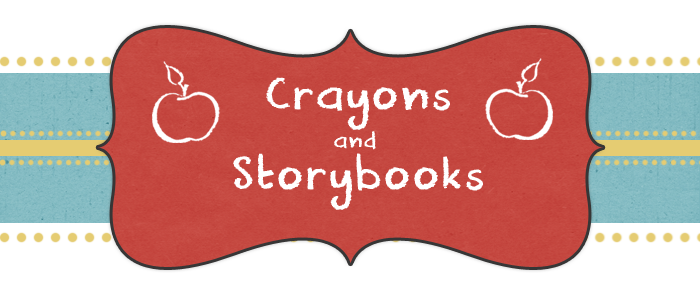
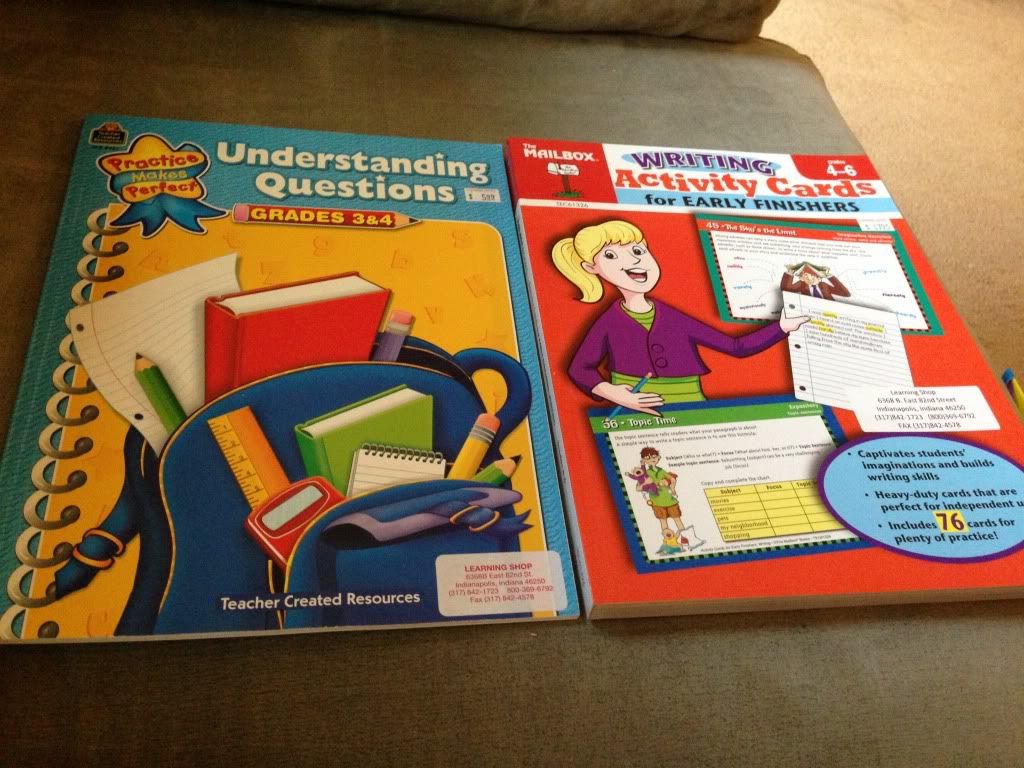
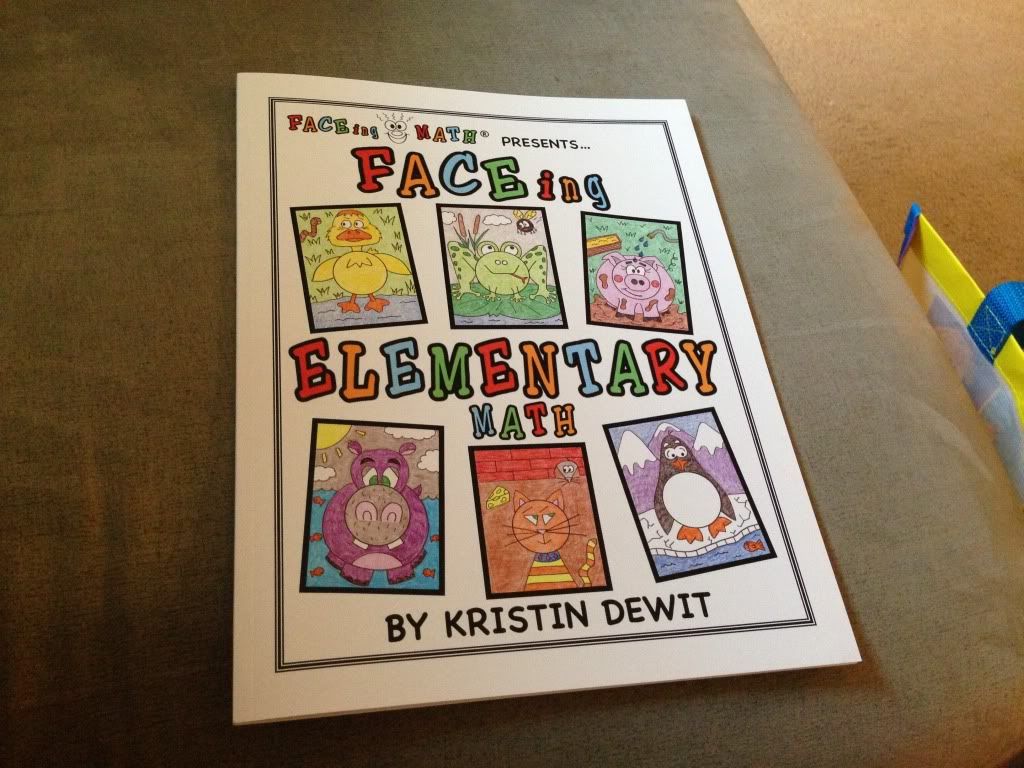
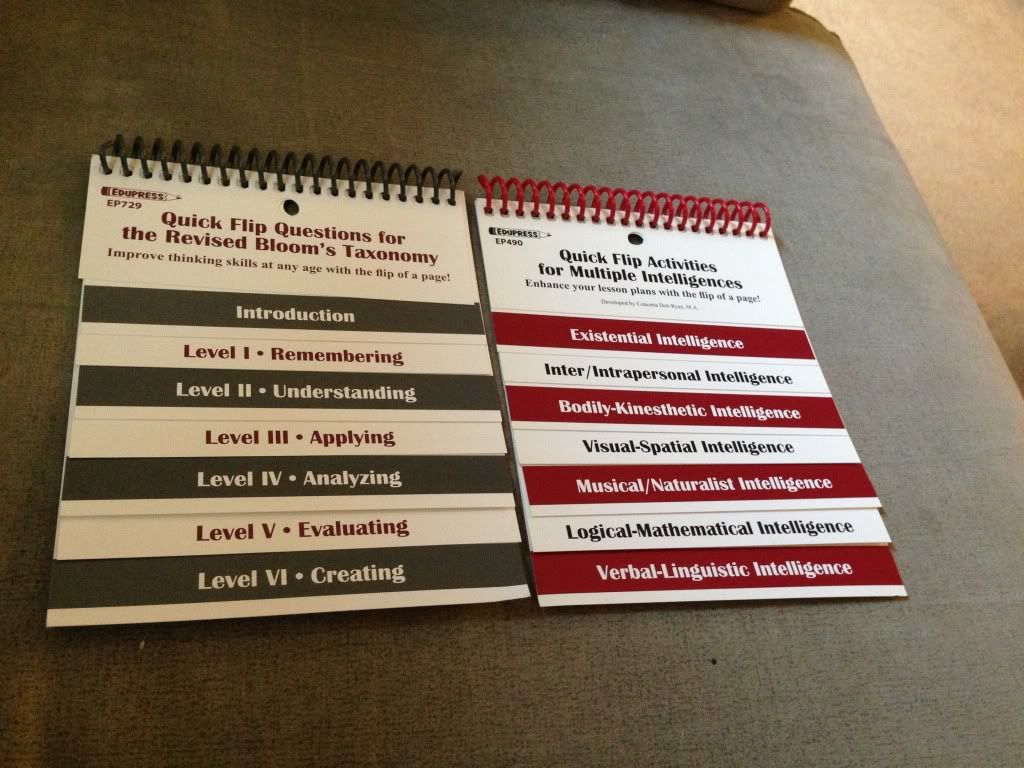

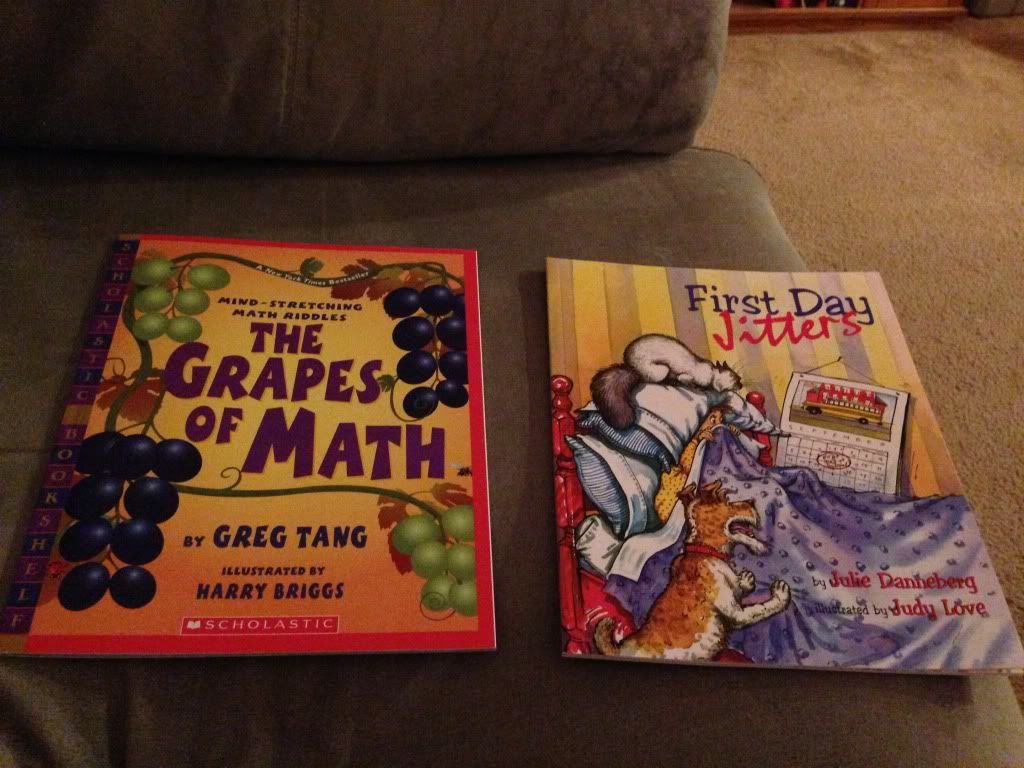
No comments:
Post a Comment